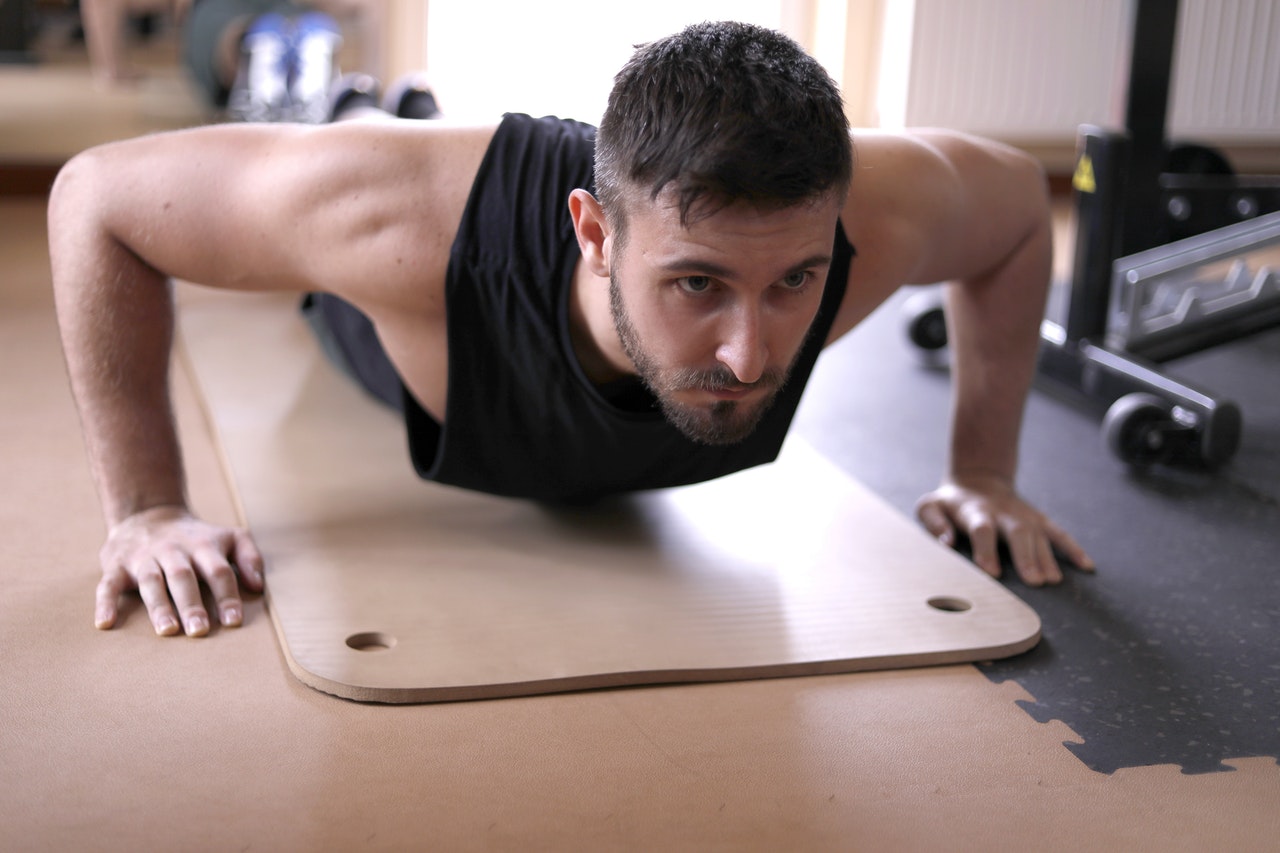Working out for some people may be possible in any environment. Most people stick to the gym and call it a day. However, the different room temperatures you work out in can highly affect your body’s temperature as well as the effectiveness of your workout. The duration and intensity of your training are not the only aspects that you should be considering. This article will give you a rundown of what it’s like to work out in cold temperature rooms and hot temperature rooms. Read further to figure out what’s the best workout environment for you.
Working Out in Cold Room Temperatures
Working out in cold temperature rooms can be beneficial. First of all, cool temperatures can help activate the brown fat in your body. This is ideal for people who are planning to lose weight. According to reports, cold temperature plays a significant role in increasing brown fats in your body. This type of fat is not your usual kind of fat that stores calories and lets you gain weight because it’s precisely the opposite. Brown fat is known to burn calories in an attempt to produce heat whenever your body gets cold. That’s why if you’re planning on getting thinner, you can easily set your thermostat at home to 15°C. However, if your home is not equipped with a thermostat yet, give your local thermostat installation services a call so you can comfortably and effectively work out at home.
Another advantage of working out with the thermostat set to cool is that it can help your body avoid becoming overheated. Overheating commonly happens when one exercises, and sometimes, it may lead to high-risk complications. As a result, sometimes your body sweats too much and can cause you to have cramps. Other serious consequences of overheating are heat stroke and heat exhaustion. This can happen especially to individuals who forget to drink a lot of liquids when working out. Fortunately, exercising in cooler temperatures can help prevent this from happening. Your sweat will generally evaporate quicker with cool air. That is why you tend to drink more water. Ultimately, this can lead to workouts with less possibility of risks.
Lastly, most people believe that excessive sweating is an indicator that your workout is working. One of the most common misconceptions is that a person automatically loses weight whenever they sweat a lot during workouts. Since cold air can make your sweat evaporate quickly, individuals may unconsciously trick themselves into exercising for a more extended period. Breaking a sweat at cold room temperature can be challenging, so people might think they’ve not worked out enough because of the lack of sweat. However, it is still important to remember that you should do workouts in moderation to avoid over-exercising.
Nevertheless, this can also bring forth a few complications, such as the lack of oxygen your muscles get when working out in a colder environment. This can be disadvantageous, especially for cardio exercises.
Working Out in Heated Environments

Exercising or working out in a heated environment is common for athletes who are training for activities under the heat since it can develop their endurance and performance in hot environments. Getting used to being active in hot room temperatures can help you avoid getting dehydrated easily.
It also detoxifies your body in a way that helps you release sweat with ease. Another thing is that it can encourage you to have an increased level of mental strength and focus. Enduring the discomfort of heat can train your mind to get over mental challenges quickly. Low-intensity workouts like Pilates and Yoga are more effective in heated rooms since it encourages psychological and physical resistance to heat.
Working out in heated rooms can improve your muscle strength since your muscles cooperate with you more in hot temperatures. The hot temperature can allow your muscles to get warm faster, which can enhance your flexibility skills. This can be helpful for warm-ups and stretching. It can also prevent more risks of injury during workouts.
Despite its benefits, working out in heated environments can increase your chances of dehydration, heat exhaustion, and overheating. To prevent this from happening, it is advisable to double the water you drink before and during your workout. Moreover, humidity can slow down the evaporation of your sweat. Thus, it is best to wear appropriate workout clothes that are breathable and light.
The Takeaway
Overall, working out in cool room temperatures can be a faster way to lose weight and burn calories. You can say that working out in a cold environment has more benefits than working out in heated rooms. However, exercising in rooms with hot temperatures can develop and train your body and mind to work out more extreme temperature conditions. Unfortunately, it does not contribute to the rate of burning calories in your body.

